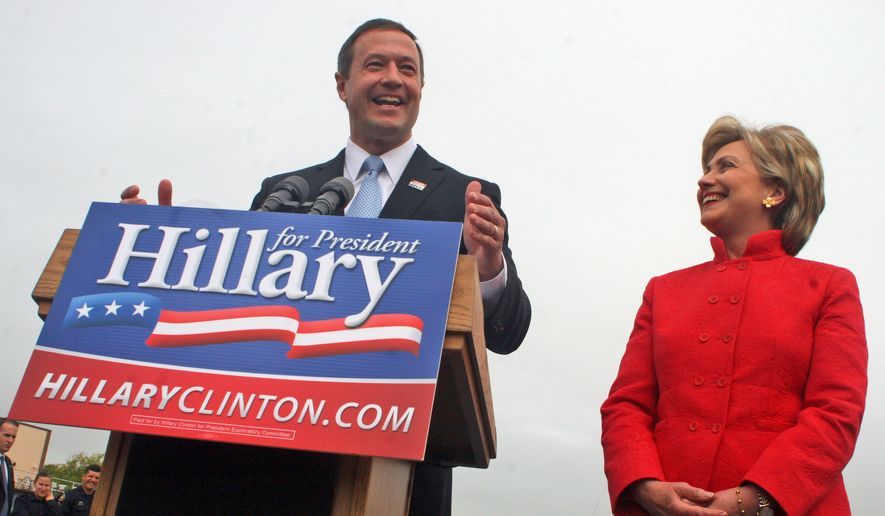OPINION:
The Democratic Party is becoming ever more liberal.
A new Gallup poll released Thursday finds that more than half of Democrats (53 percent) self-identify as socially liberal — up from 35% in 2001.
“The trends for the entire country show a shift toward more liberal self-identification, and that trend is even more pronounced among Democrats on social issues,” Gallup said.
Hillary Clinton and self-described Socialist Bernie Sanders, both jockeying for a far-left position, will find a very different landscape in 2016. The percentage of “liberals” is up 5 percent since the 2012 presidential election, and 9 percent since Clinton lost to Barack Obama in 2008.
Just 18 percent of the 1,024 surveyed identify as moderate on both social and economic issues, and just 12 percent say they are “socially moderate or liberal but economically conservative.”
Gallup said: “The shift leftward appears to fit with trends on very specific issues such as same-sex marriage.”
“Broadly these national trends broadly suggest that Democratic candidates can be somewhat more left-leaning in their policy and issue prescriptions in the 2016 election campaign than in the past.
“Democratic front-runner Hillary Clinton faces a more liberal base than she did when she last ran for president in 2008, and no doubt will be calibrating her positions accordingly. The shift in the electorate may help explain the attention being garnered by long-shot candidate Sen. Bernie Sanders of Vermont who has used the label “socialist” to describe himself and who is avowedly liberal across the board. Two other announced Democratic candidates — former Maryland Gov. Martin O’Malley and former Republican senator from Rhode Island Lincoln Chafee — have taken liberal positions in the past. In the 2016 election, they will be seeking to connect with the electorate on that basis, while also attempting to position themselves against Clinton on specific issues,” Gallup said.
“One consideration for Democratic candidates is the fact that their party’s base is somewhat more liberal on social issues than on economic issues, suggesting that candidates may need to temper their liberalism on the economy a little more than they do on their social positions.
“A second consideration for Democrat candidates, as always, is the need to be sensitive to the general election demands should they win their party’s nomination. While 47% of their party base is socially liberal and either moderate or liberal on the economy, that same percentage among Republicans and Republican independents is only 7%, and some votes from the GOP will be necessary to win in November 2016.”
Both Sanders and former Maryland Gov. Martin O’Malley are focusing on income inequality and calling for higher taxes. In addition, the pair are ripping big banks and corporate influence over elections. For her part, Clinton is trying to move left to fend off her opponents.
New polls also show Sanders’ message gaining traction among voters. The New Hampshire poll put the Vermont senator at 31 percent, well in striking distance of Clinton at 41 percent.




Please read our comment policy before commenting.